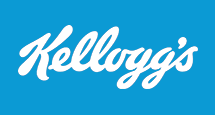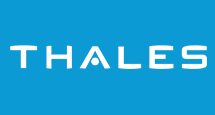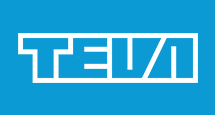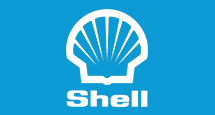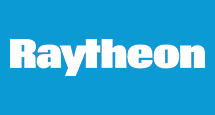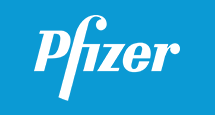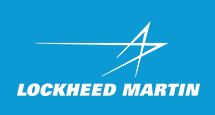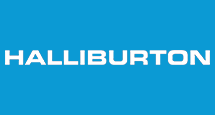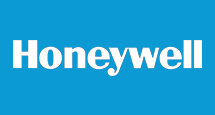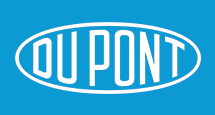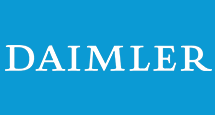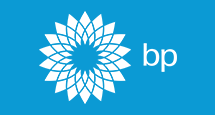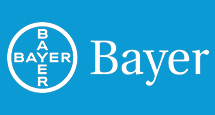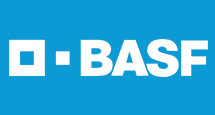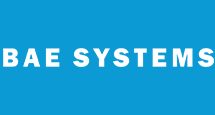Market For Checkpoint Inhibitor Cancer Treatments Will Reach $16.55bn In 2020, According To New Visiongain Data
13 September 2018
A new report by visiongain forecasts the overall world checkpoint inhibitor cancer treatment industry will achieve revenues of $16.55 billion in 2020. Those revenues will expand from 2016 to 2026 as new treatments finish development and reach the market. Those sales predictions and others appear in Checkpoint Inhibitors for Treating Cancer: Market Report with Forecasts 2016-2026, Revealing Potentials of CTLA-4 and PD-1 Inhibitor Drugs and R&D.
That report appears in December 2015. Visiongain is a business intelligence publisher and consultancy in London, UK. It produces research, data and analysis to help organisations understand markets and their potentials.
That survey analyses events, prospects and sales opportunities shaping the development and production of checkpoint inhibitor anti-cancer drug treatments. The work shows multilevel revenue forecasting and qualitative analyses. It also assesses activities of leading companies.
Visiongain’s study predicts expansion in the checkpoint inhibitors market, especially as four new treatments launch. The overall compound annual growth rate for the world market during the forecast period will be 28.4%. In 2014, the CTLA-4 inhibitor submarket formed the most lucrative part of that industry, accounting for 94.2% of the overall world market. However, this segment will shift in market share over the forecast period and lose a large percentage of its market share to the PD-1 inhibitor submarket due to the majority of new treatments joining the market being PD-1 inhibitors.
The checkpoint inhibitors industry has a promising R&D pipeline involving innovative new therapies which are generating a lot of interest, such as LAG-3 inhibitors. Checkpoint inhibitors in development are expected to bring in a new era for immunotherapy and make a difference in long-term success for cancer treatment.
Mashael Zaidi, a pharmaceutical industry analyst in visiongain, said: “The checkpoint inhibitor cancer treatment market got off the ground only in the past few years, but it is expected to continue to rise and change the landscape of cancer treatment. This market has already made strides in melanoma and NSCLC (non-small cell lung cancer) treatment. This trend will continue with further approvals for novel treatments that can offer something new owing to their mechanisms - namely long-term duration of effects.
“Checkpoint inhibitors use the vast potential of the body’s immune response system and its countless connections to attack cancer cells in the body and use the immune memory cells to eliminate relapses. A recurrence of cancer cells in the body could be recognised and wiped out using this method and could leave healthy tissue alone, curbing side effects and increasing the patient benefit-risk ratio. With this kind of potential, many companies have invested in development of checkpoint inhibitors and the pipeline for these treatments is robust and has a promising future.”
Visiongain’s new investigation shows checkpoint inhibitor cancer treatment revenues to 2026 at overall world market, submarket, product and national level.
That study forecasts revenues of the following three subsectors to 2026:
• CTLA-4 Inhibitors
• PD-1 Inhibitors
• Products in development.
That analysis also breaks its overall world revenue forecast to 2026 into three individual forecasts for marketed checkpoint inhibitors for treating cancer:
• Yervoy (ipilimumab, Bristol-Myers Squibb)
• Opdivo (nivolumab, Bristol-Myers Squibb)
• Keytruda (pembrolizumab, Merck)
In addition, that work assesses checkpoint inhibitor R&D in oncology. Profiles appear for 19 drug candidates, with revenue forecasts to 2026 for four drugs:
• Atezolizumab (MPDL3280A, Roche)
• Durvalumab (MEDI4736, AstraZeneca/MedImmune)
• Avelumab (MSB0010718C, Merck KGaA/Pfizer)
• Tremelimumab (CP-675,206, AstraZeneca).
Visiongain’s work also analyses leading national markets for checkpoint inhibitor anti-cancer drugs, providing revenue forecasts to 2026 for these countries:
• The US
• Japan
• Germany, France, the UK, Italy and Spain (EU5)
• The overall EU market
• APAC region, grouped analysis.
That survey examines leading pharmaceutical companies in that field. The investigation also discusses mergers and acquisitions, collaborations and research and development. The work includes interviews with two pharmaceutical companies.
Checkpoint Inhibitors for Treating Cancer: Market Report with Forecasts 2016-2026, Revealing Potentials of CTLA-4 and PD-1 Inhibitor Drugs and R&D adds to visiongain’s reports on industries and markets in healthcare. That portfolio covers pharmaceuticals, medical devices, diagnostics and outsourced services, including contract research, manufacturing and selling.
